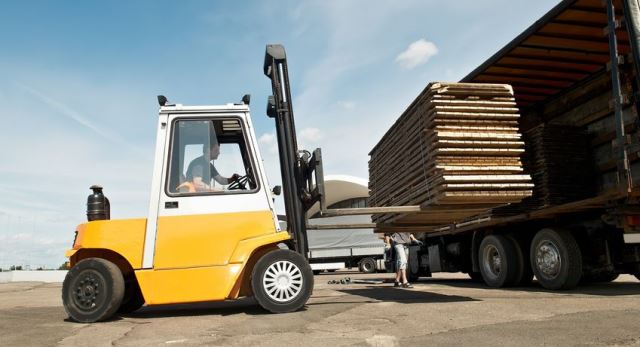In many supply chain organisations, the warehouse workhorse, otherwise known as the lift truck, doesn’t receive the maintenance attention that it deserves.
While many logistics companies wouldn’t dream of letting goods-vehicle maintenance schedules slip, lift truck maintenance is much more likely to be overlooked or at least, managed on a reactive rather than preventative basis.
Whether you are a warehouse manager looking for basic knowledge in lift truck maintenance or a long-suffering fleet engineer trying to educate an overworked warehouse team, this post might just help to highlight why preventative lift truck maintenance matters.
Preventative Lift Truck Maintenance: Why Not?
Whether it’s because legislation is not so rigorously applied to warehouse MHE maintenance as it is to road-going vehicles, or simply because many companies need their MHE in operation 24/7, letting lift truck maintenance schedules slide way beyond manufacturers’ recommendations is a fairly common bad habit in busy warehouses and plants.
The problem is, taking a “wait till it breaks” approach to lift truck maintenance is a false economy. While such an approach may not be consciously applied, you’ll spend much less money on your trucks in the long run if you can get with the manufacturers maintenance program and pay your warehouse workhorses the preventative attention they deserve.
Apart from spotting problems before they become serious and perhaps result in major lift truck downtime, trucks that are regularly inspected and maintained will last longer, which matters a lot when the price of a new truck is in the tens of thousands of dollars.
How to Look After Your Lift Trucks
A preventative maintenance inspection for a lift truck isn’t that taxing and shouldn’t keep your equipment off the warehouse floor for very long at all. Here are the most important points to take care of as part of a regular lift truck maintenance inspection:
- Lubrication: Properly lubricate all bushes, bearings, and other wearable parts on the lift truck.
- Fluid levels: Check and top up all fluids to the level recommended by the manufacturer’s lift truck maintenance guide.
- Connections: Physically inspect all electrical, hydraulic and mechanical connections. Tighten or repair any loose connections. Replace the components if the connection cannot be repaired.
- Electric truck batteries: Inspect the batteries and replace them if they are past the point of optimal performance.
- Chain adjustments: Lift truck chains stretch during use. Proper lift chain adjustment can prevent expensive fork/clamp replacements and mast repairs.
- Hardware: Check and tighten all bolts/hardware.
Recommended lift truck maintenance periods vary from one manufacturer to another, but they specify them with good reason. If the above maintenance points are regularly taken care of as a minimum though, rather than waiting until something falls off or causes truck performance to deteriorate, your fleet will save you more money in the long run than will be spent on this preventative maintenance.
Don’t take my word for it though. Try it and see–you might be pleasantly surprised at the positive impact on MHE operating costs and capex.


